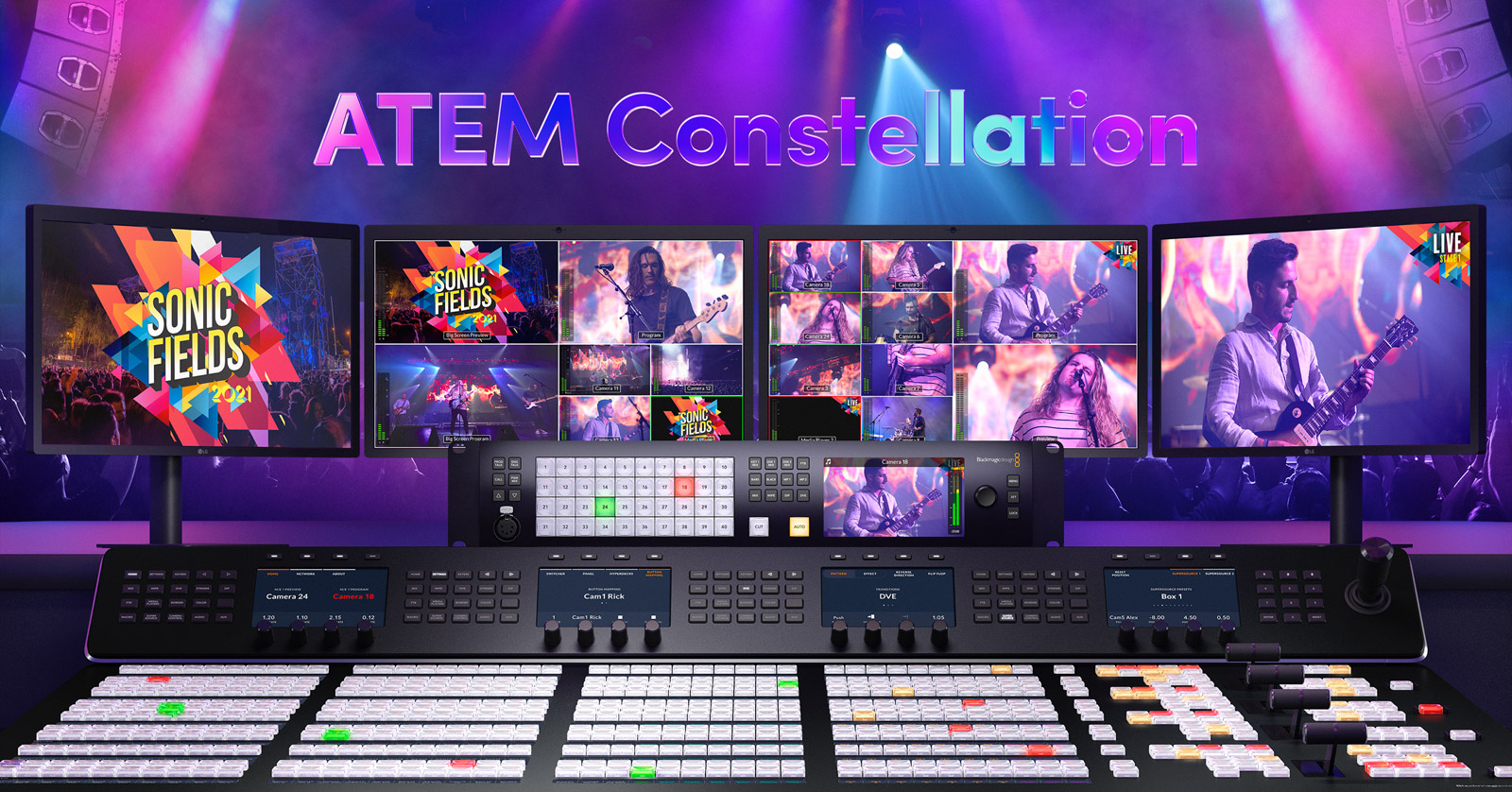Constellation Machine Mac OS
- Mac Os Catalina
- Constellation Machine Mac Os X
- Constellation Machine Mac Os Catalina
- Mac Os Mojave
- Constellation Machine Mac Os X
Intel-based Macs would run a new recompiled version of OS X along with Rosetta, a binary translation layer which enables software compiled for PowerPC Mac OS X to run on Intel Mac OS X machines. The system was included with Mac OS X versions up to version 10.6.8. Mac OS Windows Server Hardware Wireless. Perform daily scans to update machines that were not on the network at the time of deployment. Technical Representative at Constellation Brands.
OS X is licensed for use only on Apple-branded hardware, and different versions have different restrictions around what's permissible and what's not within a virtual machine; visit the Apple legal and licensing web site for details.
Constellation Machine - Terry Cavanagh. Mac OS X Frotz (Version 2.41 / Distribution 1.5 / 020218) Stefan Jokisch, ported by Mike Johnson: Download (1489KB) For Mac OS X 10.1.2 or later. Complies with Standard 1.0. Mac OS MultiAventures (Version 1.8.3 / 970922) Mark Howell and Pierre Tremblay: Download (489KB) Multiple-VM interpreter package, including a Zip port. V1-V5 and V8 support.
Mac Os Catalina
The details of creating a bootable image vary by version; there are directions for creating an installer disk from the Mavericks download posted around the 'net, including some directions posted at Apple.
(I'll leave the discussion of the differences between criminal and civil law for another time.)
Apr 27, 2014 6:32 AM
I have found machine learning with GPU acceleration on Mac OS to be much more difficult to setup than on Windows, or Linux. This seems to be in no small part because of Apple. Apple has removed all support for NVIDIA GPU’s from the OSX platform. So no CUDA. In addition they don’t support the open source standard for machine learning on linux Rocm.
So what options do we have? Well we have to piece together a set of interlocking software to make things work.
PlaidML. PlaidML is a machine learning backend or compiler. It supports Apples Metal api. This will be our base. PlaidML ships with a implementation of Keras. So if all you are looking for is Keras support you can stop after installing PlaidML.
nGraph. However what if you want to use Tensorflow or PyTorch? nGraph has our back. nGraph is yet another machine learning compiler. NGraph supports using PlaidML as it’s backend. This effectively can translate between Tensorflow and PlaidML. Then PlaidML will use Apples Metal API. So using nGraph+PlaidML we can achieve something like this.
Tensorflow -> nGraph -> PlaidML -> Metal -> GPU
As you can see nGraph + PlaidML overcomes our limitation of No CUDA or RocM. This setup will compile everything down to Apples Metal API.
Installing PlaidML
Constellation Machine Mac Os X
Please note these instructions assume you already have homebrew installed and Python3
Create a Python Virtualenv so we can keep our ML Python install contained from the system.
Note that if you ever close the terminal or restart the machine you will need to source the Virtualenv again.
Now install PlaidML

Configure PlaidML
Now we need to tell PlaidML what graphics card we will be using. Run setup. If you have a eGPU plug it in first so it can be detected.
Constellation Machine Mac Os Catalina
Test PlaidML
At this point you have a working Keras install that can use GPU acceleration. Let’s test it out.
Using PladML’s built in Keras
If you want to use the built in Keras that comes with PlaidML then add the following code to your Jupyter Notebook or Python file.
Installing Tensorflow and nGraph
Let’s continued setting up nGraph + PlaidML and Tensorflow. First let’s install Tensorflow.
Mac Os Mojave
As of the writing of this article Tensorflow 1.14.0 is the newest supported version by nGraph. Check the nGraph website for updates.
Optional dependencies
Let’s also install some other common libraries used in ML so we won’t have to deal with finding them later. This is not required for this tutorial but will save headaches later.
Constellation Machine Mac Os X
Let’s also install Jupyter Notebook as we will probably need it later.
Working with Tensorflow.
Working with Tensorflow should be basically the same as normal. However you will have to make the following code changes to activate GPU acceleration.
At the top of your NoteBook or python file before importing Tensorflow.
Then find import tensorflow as tf and add this code after it.